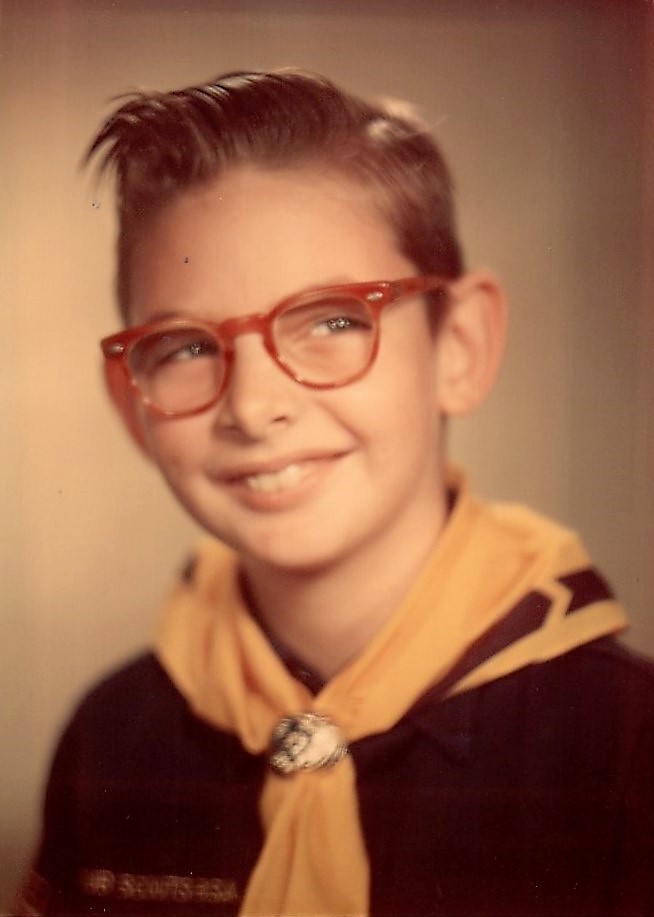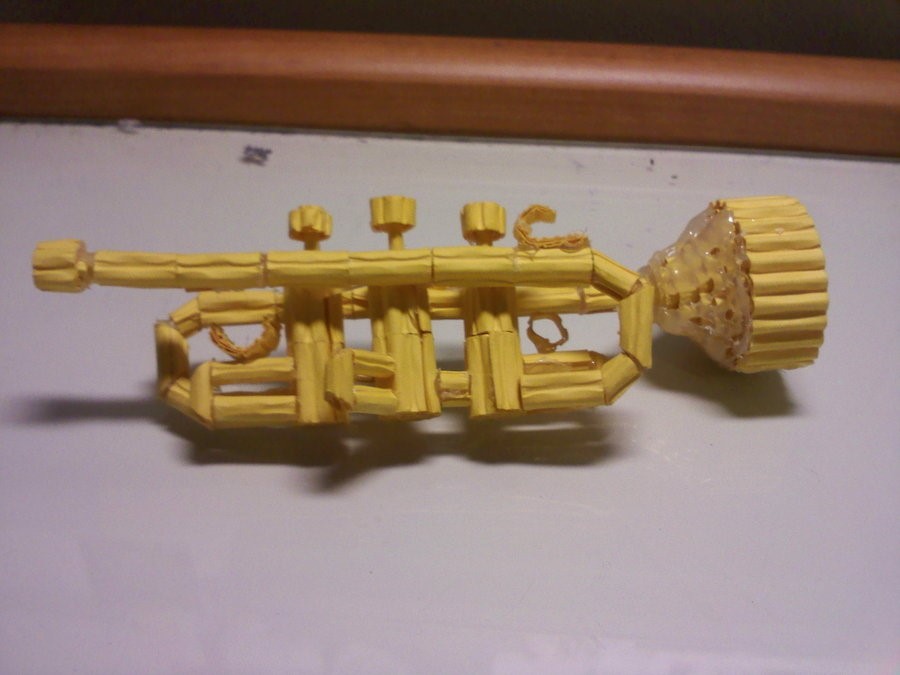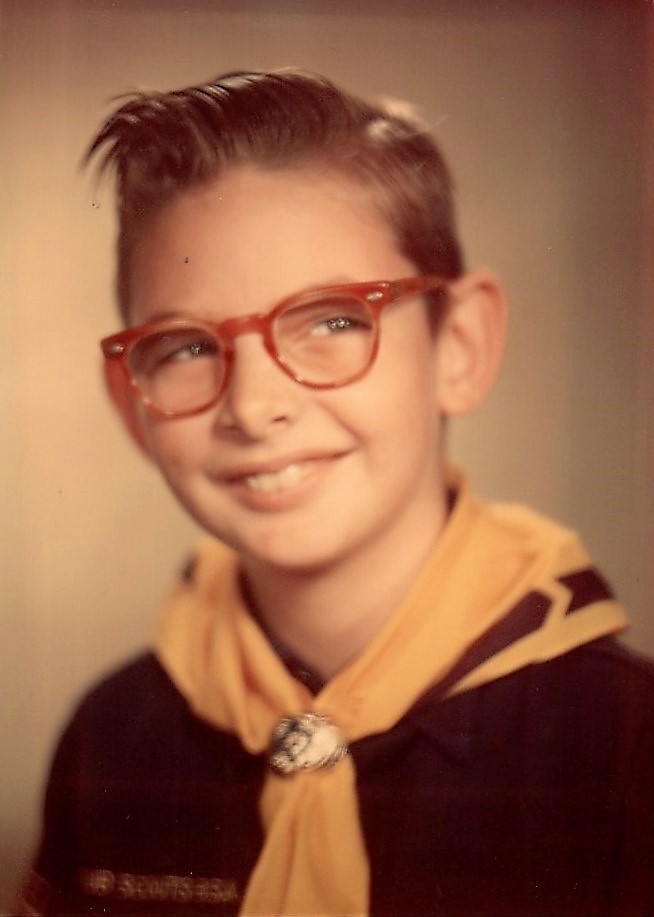I can’t recall much of the fourth and fifth grades but from what I remember it wasn’t an altogether unpleasant experience. The most vivid image in my mind was the playground surrounding the Franklin Elementary School. It was unpaved and every year the township would spray the area with petroleum oil to keep the weeds and dust down. No kidding, this is what they did back then. Between the petroleum oil and the “mosquito” truck that we ran behind in the DDT fog just for fun it’s a miracle that any of us survived to see the sixth grade!

I really don’t believe that the exposure to petroleum oil and DDT, especially DDT, was anywhere near as ominous as the “authorities” later made it out to be. The anti DDT movement started with the publication of Rachael Carson’s book Silent Spring in 1962. I read her book when it was first published and agreed she definitely had a valid point. However, she never advocated a complete ban of DDT but reasonable and responsible judgement in its application. She believed judicious use of the pesticide by spraying only that necessary to control the mosquito population was an acceptable trade off but cautioned against indiscriminate over spraying. A completely rationale approach. But once the politicians, lawyers and activists got gist of the concept it was grossly distorted and eventually led to a worldwide ban of DDT with a subsequent worldwide increase in malaria.
Ruckelshaus, let it never be forgotten, was the EPA administrator responsible for probably the blackest moment in the institution’s history: the man who banned DDT in the U.S. with consequences which resulted in millions of unnecessary deaths around the world from malaria.
Sure, Ruckelshaus didn’t deliberately murder all those people. But the fact remains that DDT was — still is — one of the most effective killers of the malarial mosquito; and that by banning it in the U.S., Ruckelshaus helped create a knock-on regulatory effect which deprived the world of one its best defenses against one of its biggest health problems.
A lawyer, by training, not a scientist, Ruckelshaus was the man responsible for instituting the America-wide ban on DDT. He did this on no scientific basis whatsoever. In fact, Judge Edmund Sweeney had presided over a seven-month EPA hearing, examining more than 9,000 pages of expert testimony, and concluded:
“DDT is not a carcinogenic hazard to man…DDT is not a mutagenic or teratogenic hazard to man…The use of DDT under the regulations involved here do not have a deleterious effect on freshwater fish, estuarine organisms, wild birds or other wildlife.”
Ruckelshaus, who had not attended the hearings or read the report, overruled him. Which probably made not much difference in the United States. But the knock-on effects of the near worldwide ban that followed meant that DDT could no longer be used to control mosquito populations, which in turn led to an explosion in malaria, causing the death of millions.
Just what the world needed, another lawyer (sarc off). I’ve had malaria twice, once in the Middle East and once again twenty years later in Asia and it ain’t no fun. Well, that aside back to when I was ten years old.
Around this time, when I was entering the fifth grade, my family moved from Walker Avenue to a new home on Tyler Street in the same small town of Union, New Jersey. The Tyler Street home was a modest Cape Cod style brick house with a two-car attached garage in a quiet suburban neighborhood. There were several other families with young children in the neighborhood but most were either a year or two younger or older than I. A year or two makes a big difference at that young age and so I really didn’t have many friends in the neighborhood.
Another reason was that I had polio and during the time I was convalescing at home the township posted a sign in front of the house that announced “Polio Victim”. Polio was highly contagious and this warned neighbors and others visiting the neighborhood that there was a polio survivor residing there. This certainly didn’t enhance my effort to make many friends. The sole exception was our next-door neighbors, the Connell’s, whose son Dennis was my age.
Dennis and I didn’t attend the same grammar school. I attended public school and since he was Irish Catholic, he attended Saint Michaels Catholic School nearby. Nevertheless, we spent much of our after-school time together, became fast friends, and maintained our friendship well into adulthood. In fact, in our thirties we were business partners together in the solar energy field. In his late thirties, Dennis and his wife Sue moved to Taos, New Mexico and unfortunately, we’ve lost touch.
Tortoise Shell Frames to “Buddy Holly” Glasses
Sometime around the third grade my Mom realized I had poor eyesight and took me for an examination. The optometrist discovered I was far sighted and prescribed corrective eyeglasses. Not many children wore glasses in those days and it unfortunately drew a lot of unwanted attention from my classmates. It didn’t help that the lenses and frames were particularly heavy and thick. The only type available then were those thick tortoise shell frames. God, I hated those glasses!


Later on, in high school I upgraded to the heavy black frame glasses, or as the other kids called them, “Buddy Holly glasses”. These weren’t much better than the tortoise shell ones but it’s interesting today these so-called Buddy Holly glasses are in vogue now, especially among the “Millennials”. Guess I was just ahead of my time; by about fifty years!
I recently went to the eye doctor for a checkup and the doctor told me I have cataracts developing in both eyes but they now have laser surgery that can correct both the cataracts and my poor sight. And after the operation I would no longer need glasses.
My initial reaction was I’ve worn glasses since I was a young child and they are so much a part of my persona that I would feel naked without them. Maybe I’ll have the operation and just get fake glasses with clear glass instead of lenses. I think that would work, no?
Making “pipes” of colored paper
“Children are born with an innate sense of justice; it usually takes 12 years of public schooling and 4 more years of college to beat it out of them” Edward Abbey
Anyway, glasses aside, it was about this time in my grammar school career I began to totally lose interest in school. I eventually became a “loner” or introvert, or introverted loner. It wasn’t just the fact that I was one of the only kids wearing glasses, there were other factors in play. I missed a year of school while I was recovering from polio and even though I kept up my academic work with the home tutor I was out of sight out of mind with all my classmates.
As I discovered in adulthood, I was already naturally an introvert and the experience of rejoining my classmates after a year absence just amplified and further reinforced this innate characteristic. One result was I began to act out.
Academic pursuits became less interesting and my attention started to drift away from the formal educational process. It seemed the school environment involved mainly conforming to what I viewed then (and still do) as an endless series of meaningless rules and regulations. It seemed that getting students to stand quietly in an orderly line was their top priority.
And then, during the fourth or fifth grade, I discovered I had an exceptionally good memory and I started to become even more aloof. I learned how to do the absolute minimum to just get by “by the skin of my teeth” (one of my Father’s favorite expressions). This freed up a lot of time for pursuing other interests such as drawing, oil painting and building stuff at home in the basement where my father had accumulated a large assortment of tools and machinery. This pattern of slacking off in school continued throughout my junior high and high school years until I eventually perfected it to a fine art.
An incident in the sixth grade stands out as a sort of defining moment. It was the first time my Mom was called into the school to have a parent teacher conference regarding my so-called discipline problems. Our class was assigned to do a set of arithmetic problems in multiplication and division. And as an “incentive” we were advised those who finished early could withdraw to the back of the room where there was a supply of art materials including colored paper and glue and we could dabble with this stuff until the end of the period. I did about half of the math problems and realized that division is simply reverse multiplication. Since I had already memorized the “times tables” I was able to do the division problems without the necessity of showing all the steps. I quickly got bored with the repetition of the assignment, so I handed in the work half done as it were and went to the back of the room to fool around with the art materials.
I was busy making a model of a trumpet out of colored paper and was working out the problem of fabricating the conical section of the horn known as the bell of the trumpet when the teacher, who was the incarnation of the stereotypical “schoolmarm” (by Merriam-Webster: a person who exhibits characteristics attributed to schoolteachers as strict adherence to arbitrary rules), marched to the back of the room and proceeded to reprimand me for not completing the assignment and wasting time. The following is a pretty accurate representation of how I remember her.
A Schoolmarm

Ms. Whatever, exactly as I remember her. Wow, I remember now, it was Mrs. Taylor. One of my first confrontations with authority, or in the more general sense “The Authorities”.
She told my Mom I refused to complete the math assignment and was in the back of the room playing around with colored paper making “pipes”. I protested, telling Mom I wasn’t making “pipes” but a model musical instrument, in fact a trumpet. And I was working out how to fashion the bell of the trumpet when I was interrupted by the schoolmarm. Actually, to this day this incident still pisses me off.
Mom didn’t want to hear my side as she was horrified that I was becoming a discipline problem. In short, she freaked out and for many years she would repeat this story and insist that I was “making pipes” out of colored paper instead of paying attention to my school work.
Look at this! I found this on the internet! Somebody actually finished their paper trumpet. Regrettably I never got to finish mine.

Well, as it turned out there were other teachers that let’s say more fully appreciated my interest and ability in drawing and art and by the end of the seventh-grade I was frequently recruited to paint backdrop scenery for the school plays put on periodically for parents and students.
Actually, my Mom appreciated my artistic ability and when remodeling the second floor of the house on Tyler Street she encouraged me to paint a seascape mural in oils on a blank wall. She talked it up at school when she was then President of the PTA (Parent Teachers Association) and it was featured in the local newspaper, The Union Register. Redemption, I guess. Well, partial redemption anyway.

The mural was never finished. It was about 90% complete, all but for a small portion of the seaside cliffs near the lower right corner. The reason that it wasn’t completed is I became discouraged after my Father was extremely critical and I completely lost interest. He found fault with the depiction of the rocky cliffs and crashing waves I painted. To this day, I don’t know why he was so negative. It wasn’t constructive criticism along the lines of, “Hey, you could improve the waves and rocks there near the lower corner.” It was more along the lines of that looks like shit. This was from a guy who couldn’t draw a straight line if his life depended on it. I didn’t realize it at the time, but it could well have been an alcohol fueled tirade. In any case I became dispirited and never finished the painting.
“Artists fail to complete their paintings for many reasons. Sometimes outside events intervene. Other times they lose the spark of inspiration and creativity. In some instances, they may deliberately leave their work unfinished in order to make an artistic statement. Whatever the reason, incomplete paintings hold a certain allure. To art aficionados, the greatest unfinished works are evocative of what could have been.”
“Leonardo da Vinci has been affectionately referred to as a “brilliant slacker” by art historians. Although more famous for his staggering genius than his short attention span, Leonardo would often abandon projects when he lost interest in them.”
I sure ain’t no Leonardo, but the way I look at it, good enough for Leonardo, good enough for me. I left it unfinished.
So long, good luck, and have a nice day….
